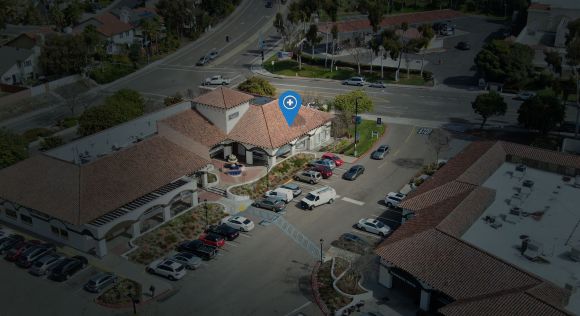Before the pandemic, the demand for pediatric mental and behavioral health services was already on the rise. But once schools went virtual and most extracurriculars and social activities were canceled, the need for care reached a crisis point.
Cases of anxiety, depression, and other mental and behavioral disorders skyrocketed in both adults and children as stress and uncertainty compounded. According to the CDC, from April 2020 through October 2020, mental health-related trips to emergency rooms rose 24% for kids aged 5 to 11, and 31% for kids between the ages of 12 and 17.
Faced with high need and low supply of behavioral health specialists, here are three examples of creative ways states and organizations across the U.S. are working to meet the mental health care needs of children.
The National Network for Child Psychiatry Access Programs
Operating across 38 states and Washington D.C., the NNCPAP is an organization that works with pediatricians to provide children with psychiatric help that their GP may not be able to provide.
From assisting with referrals, to developing and implementing behavioral plans, and consulting with a child psychiatrist over the phone, NNCPAP is designed to support pediatricians who either don’t have the bandwidth or the training to address these often time-consuming and delicate situations.
Between one-quarter and one-third of pediatric visits involve mental health concerns, so having systems in place to both aid physicians and take care of the children is important.
Virtual Care Through Schools
Another way help is reaching children is through their schools with programs like Texas’ Texas Child Health Access Through Telemedicine and Dallas-based Children’s Health’s School Based TeleBehavioral Health.
At a recent Bisnow-hosted event focused on healthcare in the Dallas-Fort Worth metroplex, a representative from Children’s Health shared that counselors at participating schools can make referrals through these programs for students to receive care virtually using tablets at the school.
Not only is virtual care through schools convenient for children, but it also makes this kind of help easier and more accessible for parents to accommodate. This increases the likelihood of kids getting the support they need.
Implementing Trauma-Informed School Strategies
The third trend in pediatric behavioral health is also happening in schools, but instead of the counselor’s office, it’s taking place in the classroom. Trauma-informed curriculum or strategies train educators, staff, and administrators to infuse and sustain trauma awareness, knowledge, and skills into their classrooms, according to the National Child Traumatic Stress Network.
These strategies focus on maximizing physical and psychological safety, building resilience and coping skills, and identifying students in need of more support. Especially during the pandemic—when students might be facing other adversities like food insecurity, loss of a family member, or unemployed parents—trauma-informed systems provide structure for staff and teachers to potentially help address mental health problems before they escalate.
Schools in New York City, Tennessee, and across the country have taken this approach.
The Bottom Line
There is an urgent need for pediatric behavioral and mental health services in the United States. Fortunately, data can help. Using analytics to understand where there is the greatest unmet need for this care can help healthcare organizations decide where to expand, find the right sites for new facilities, and more.
If you want to learn more about how consumer analytics can guide expansion decisions for behavioral healthcare, you may also enjoy our blog post, “The Untapped Potential of Consumer Analytics in the Behavioral Health Industry.”


